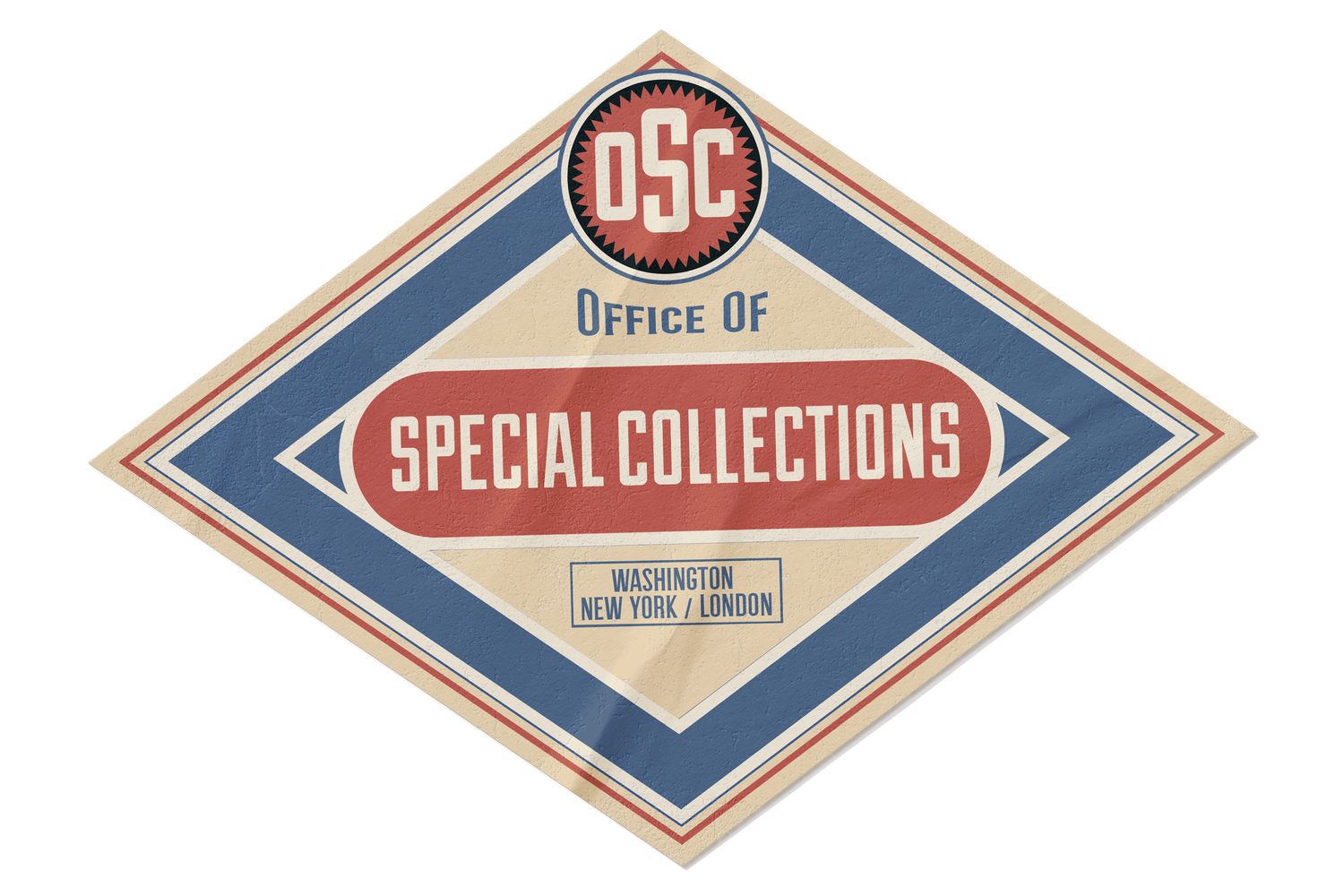The Letters in the Stone: Six Centuries of Footsteps
The North Sea wind doesn’t just howl in St Andrews—it cuts, sharp as a blade, down the curved medieval streets. It carries centuries and salt. Ghosts of herring fleets. Weathered gulls loitering in hopes of a spare crisp. It’s not just weather. It’s a chorus of every century that’s ever washed up here, all rushing through the wynds in one endless gust.
Winter here is all grey stone and leaded windows. Cobblestones worn smooth by six hundred years of students in a hurry—rushing to lectures, juggling grocery bags, stumbling home from nights out. Every step a repetition: the anxious tap of exam nerves, the confident stride of someone who’s finally cracked their thesis, the shuffle of homesick first-years learning to navigate medieval streets with modern dreams.
Walk down North Street and you’re in a groove carved by generations. Medieval scholars in long robes hurrying to disputations. Reformation students whispering dangerous ideas in shadowed doorways. Victorian women stepping into the first lectures they were ever allowed to attend. International students from Malaysia, Nigeria, Ohio—each drawn by the same inexplicable pull of ancient stone and cutting-edge thought.
The footsteps sound much the same as they always have, though now they’re punctuated by the ping of a message or the swish of Gore-Tex instead of wool. The urgency is unchanged: the feeling of being part of something larger than yourself, the way the wind seems to whisper that you belong here.
Two letters, P.H., laid into the paving beneath St Salvator’s Chapel, have outlasted their owner by half a millennium. Patrick Hamilton—burned at the stake in February of 1528, a 24-year-old student back from Paris with ideas too dangerous for home. Hundreds of people step over those letters every day without looking down. But sometimes—when the light is low, or the wind drops into a strange, held silence—someone stops. Realizes they’re standing where a brilliant young man died for believing the wrong thing at the wrong time.
The chapel where Hamilton was condemned now hosts lectures on academic freedom. The same arches that once rang with verdicts and the crackle of heresy now hum with talk of quantum mechanics, climate modeling, renewable grids. Students debate theories that would have looked like sorcery to medieval minds, protected by freedoms his death helped to win.
The magic here isn’t fairy-tale magic—it’s the deep magic of persistence. Every student who’s ever walked these streets has been wrestling with the same questions: What do I believe? How do I think for myself? What am I willing to risk to grow beyond what I was taught?
Some days, living in St Andrews feels like standing in the middle of a conversation between centuries. The Gothic facades lean in to listen. The wind carries voices—scholars, heretics, dreamers—each one convinced they were living at the center of history.
You can still feel them: the restless energy before a medieval debate, the thrill of Renaissance discoveries, the stubborn resolve of women fighting for a seat in the lecture hall, the slow homesickness of international students learning to call Scotland home. Six centuries of young people shaping themselves against the same stones, the same unforgiving wind.
And then the wind takes you, folds you into the crowd: another voice, another pair of feet adding their percussion to a song that’s been playing for six hundred years.
The letters P.H. catch the light, worn smooth by boots and trainers and the occasional bare foot of someone tempting bad luck. They’re a reminder that this place has always been about more than degrees—it’s about the courage to think dangerously, to question the given, to step into the wind and let it change you.
That’s the real magic of St Andrews. Not that it’s old, but that it’s alive—humming with every voice that’s ever believed learning something new was worth the risk.
The Office of Special Collections understands this magic: the way places hold memory, the way stones remember footsteps, the way the most important conversations happen between what was and what might be. In archives and battlefields, in forgotten documents and overlooked testimonies, the same voices whisper—waiting for someone patient enough to listen, and brave enough to let the past reshape the present.

